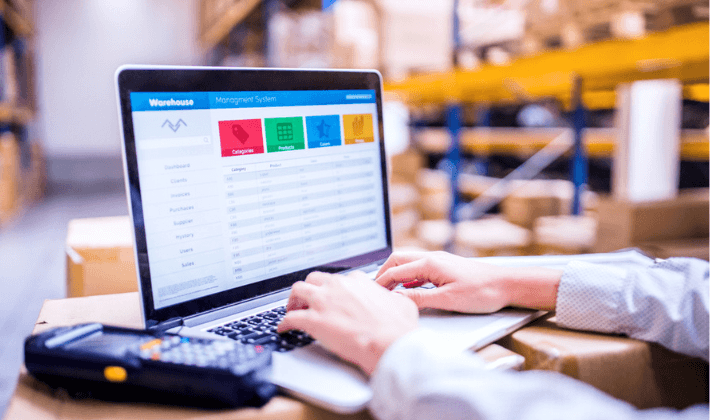
The freight transportation industry is increasingly competitive. Fewer transporters confront higher demand, which drives up prices and complicates already overstressed supply chains. As a result, many shippers are looking for ways to stretch their budgets and maximize the value of the services they receive. As they look to the bottom line, many companies face an all-too-familiar predicament: Do you cut costs, or find ways to optimize existing ROI?
In the current freight environment, shippers should start with optimization. Cutting costs can alleviate short-term tension, but there are more opportunities to create value with process optimization — especially when it comes to freight payment and audit.
It’s Easy to Overlook Costly Inefficiencies
Shippers may not want to hear it, but it’s more than likely their freight payment and audit processes are rife with costly inefficiencies. This is one of the first places to combat rising freight rates. There are opportunities to both save and recoup costs through more efficient, accurate, and actionable payment and auditing policies.
What’s hampering your bottom line? Some of the most common culprits that cost shippers money are:
- Invoicing and settlement errors. When shippers don’t have good validation, data capture, audits, or exception management systems, they could end up footing the bill for charges and fees that aren’t correct or applicable.
- Outdated/incorrect carrier information. If carrier terms aren’t up to date, it puts shippers at a disadvantage. Current terms, rates, and abilities allow shippers to select the optimal carrier: one that offers exceptional service at the right rate.
- Poor accounts receivable (A/R) processing. Batching A/R or delays in A/R activity can create cash flow issues for shippers. This can evolve into erratic profit and loss and put strain on the company’s bottom line.
- Disparate and incohesive data systems. Even minor payment and audit errors can accumulate into significant costs for shippers. Many of these problems stem from siloed data or lack of a single source of truth in freight data.
Optimization can help Offset Rising Costs
It’s important to remember cutbacks often represent a subtractive solution to a problem like increasing rates. Sure, you might be reducing spend to accommodate rising rates, but what are you giving up to cut those costs? Optimization flips the script: eliminating costly mistakes to preserve the bottom line — even as rates continue to rise.
For example, nVision Global’s freight payment and audit services seek to find bottom-line savings by vetting pricing contracts, rates, accessorials, taxes, and more. The result? Customers average annual savings of 10% to 15% of their transportation spend. Not only can these significant savings offset rising rates, they also represent a tremendous opportunity cost. What would you lose in trying to trim 10% to 15% of your budget through cost-cutting measures alone?
Strive to Maximize Value Over the Long Term
Let’s face it: Cutting costs is often simpler than creating optimizations. Optimizing processes often requires an upfront investment of time, and the true ROI doesn’t immediately become apparent.
Taking the time to probe for inefficiencies and create new synergies is the product of a forward-thinking mindset. It creates solutions for today and tomorrow. If we can count on one thing, it’s that freight costs will continue to rise — even beyond where they are today. It’s important to invest in optimizations that scale in tandem with costs, instead of trying to simply cut back.